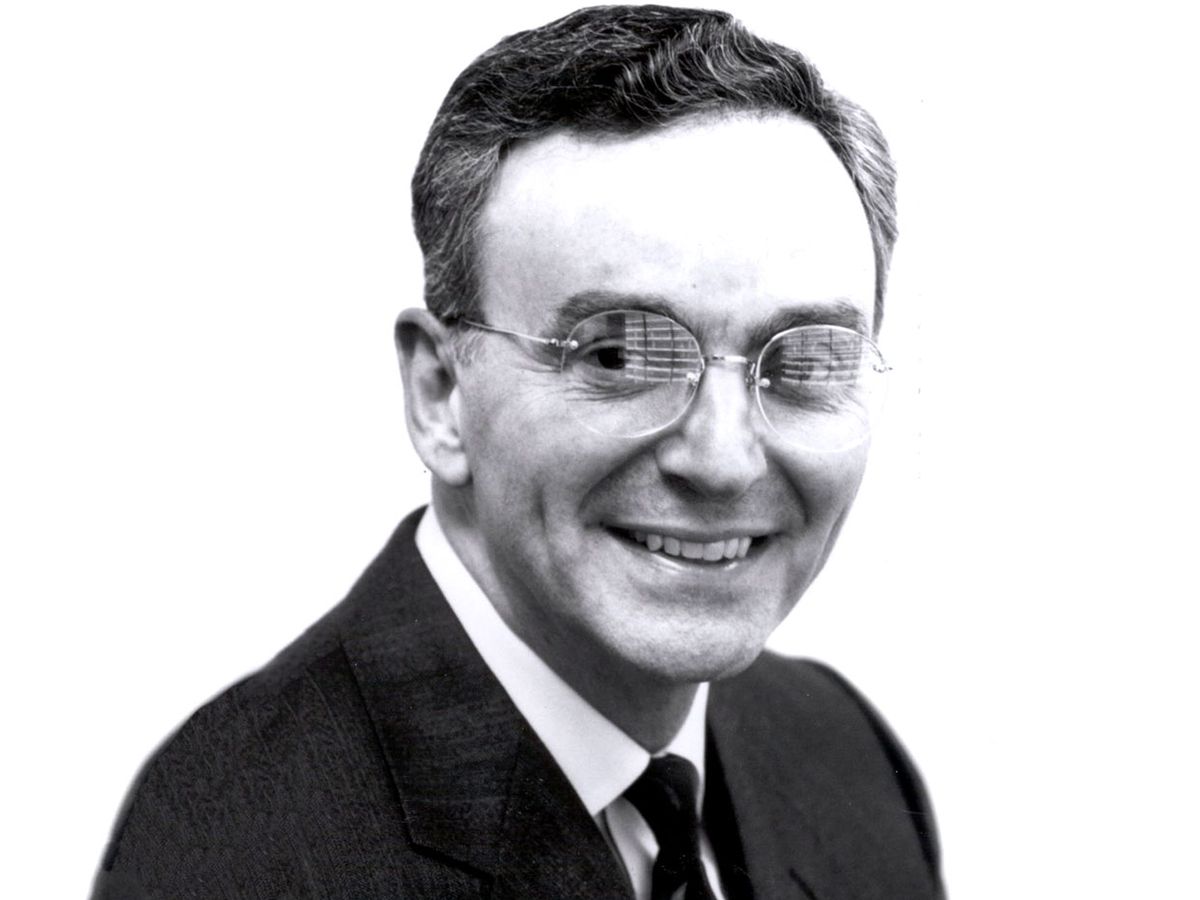THE INSTITUTEIEEE Life Fellow Joseph Bordogna, who died on 25 November at the age of 86, was the 1998 president of IEEE.
Bordogna worked to make science, technology, engineering, and mathematics education available to all students in the United States. He spent his entire academic career at his alma mater, the University of Pennsylvania, in Philadelphia.
He served as deputy director of the U.S. National Science Foundation for six years, following nine years heading the NSF’s Directorate of Engineering.
He made technological contributions to a variety of areas including early laser-communications systems and holographic recording.
JOURNEY TO ACADEMIA
Bordogna attended the University of Pennsylvania on a Navy ROTC scholarship and in 1955 received a bachelor’s degree in electrical engineering. After graduating, he joined the U.S. Navy as an operations officer and was part of the unit that in 1959 recovered the Jupiter AM-18 space capsule.
After leaving the Navy, he worked for a year as an electronics innovator at RCA in Camden, N.J. He applied for and was granted a fellowship to pursue a master’s degree in science at MIT from the Helen Hay Whitney Foundation, a nonprofit in New York City that financially supports young biomedical scientists.
After earning his degree in 1960, he returned to RCA and worked on communication systems, holography, lasers, radar, and transistors. While working at the company, he also attended the University of Pennsylvania, where in 1964 he earned a Ph.D. in electrical engineering.
Bordogna then left RCA to begin a long career at the university. He started off at Penn as a professor of engineering and rose through the ranks, becoming the associate dean of the School of Engineering and Applied Science in 1973. Eight years later he was named dean of the school. He was appointed in 1976 as director of the university’s Moore School of Electrical Engineering.
He held both positions until he left the university in 1990 to become head of the NSF’s engineering directorate.
“Out of all his accomplishments, I think his greatest one was his transformative impact on the engineering side of the NSF,” says Charles K. Alexander, 1997 IEEE president. “He significantly enhanced and expanded the engineering research programs as well as the engineering educational programs.”
While at the NSF, Bordogna provided key leadership and guidance to the U.S. Antarctic Program. In recognition of his work, a plateau in Antarctica was named after him, as noted in a Penn Engineering magazine profile.
When he left the NSF in 2005 to return to Penn, he had been the agency’s longest-serving deputy director.
ACTIVE IEEE VOLUNTEER
Bordogna joined IEEE as a student in 1955 and was elevated to Fellow in 1976. He was an active volunteer and held several positions in the organization. He was president of the IEEE Education Society from 1977 to 1981 and was 1987–1988 chairman of the IEEE Philadelphia Section. He served as IEEE’s representative to the ABET, the accrediting body for U.S. academic programs in applied science, computing, engineering, and technology.
He was a member of IEEE’s honor society, Eta Kappa Nu.
EDUCATION PIONEER
In that 2009 Penn Engineering profile of Bordogna, former NASA astronaut Garrett Reisman, once a student of Bordogna’s, said he was an “incredible teacher” who was devoted to his work.
After Bordogna’s return to Penn, he spearheaded the creation of two dual-degree programs—one in management and technology and the other in computer and cognitive sciences.
According to the magazine article, Bordogna lived by a mantra: “We cannot afford to lose one brain.”
Throughout his career, he encouraged students from underrepresented groups to study STEM subjects. In 1973 he founded the Philadelphia Regional Introduction for Minorities to Engineering program, which provides students from middle schools and high schools with educational resources, hands-on activities, and field trips. And he served on the board of the 21st Century Partnership for STEM Education, in Conshohocken, Pa.
Joanna Goodrich is the associate editor of The Institute, covering the work and accomplishments of IEEE members and IEEE and technology-related events. She has a master's degree in health communications from Rutgers University, in New Brunswick, N.J.



